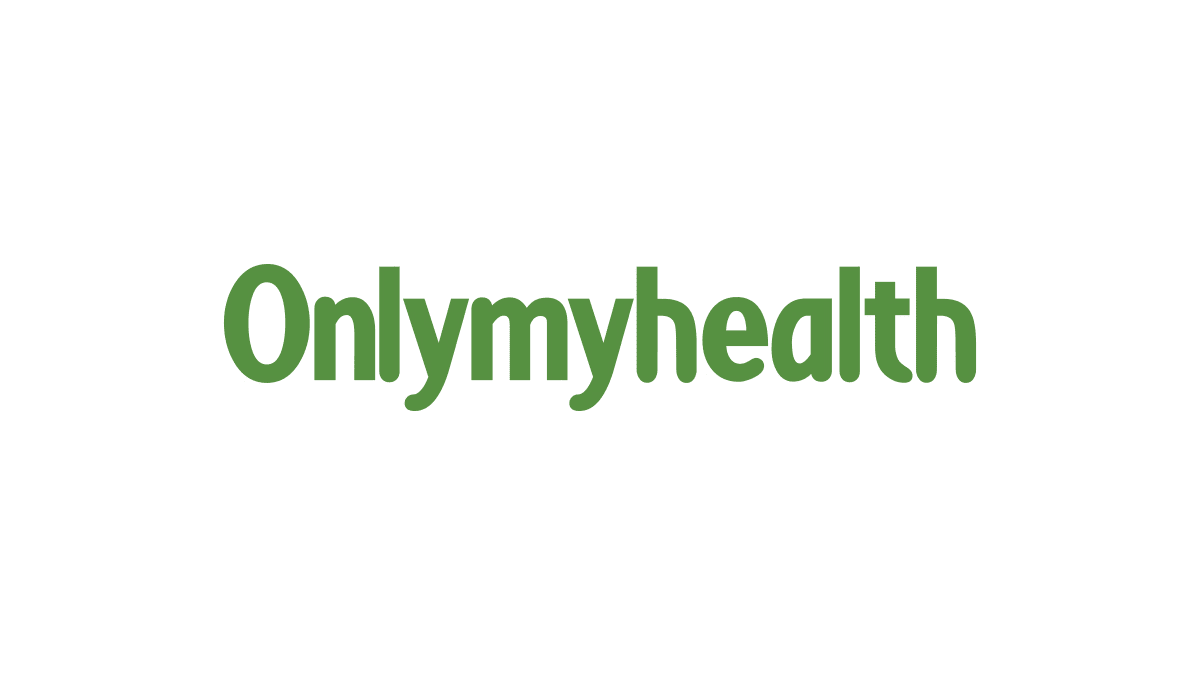
Infants born with this condition have very short arms and legs, a narrow chest, and a prominent, rounded abdomen. This disorder is also characterized by an opening in the roof of the mouth (a cleft palate), distinctive facial features, an inward- and downward-turning foot (a clubfoot), and unusually positioned thumbs (hitchhiker thumbs).
The signs and symptoms of atelosteogenesis type 2 are similar to those of another skeletal disorder called diastrophic dysplasia; however, atelosteogenesis type 2 is typically more severe. As a result of serious health problems, infants with this disorder are usually stillborn or die soon after birth from respiratory failure. Some infants, however, have lived for a short time with intensive medical support.
Read Next
How common is Diastrophic Dysplasia?
How we keep this article up to date:
We work with experts and keep a close eye on the latest in health and wellness. Whenever there is a new research or helpful information, we update our articles with accurate and useful advice.
Current Version